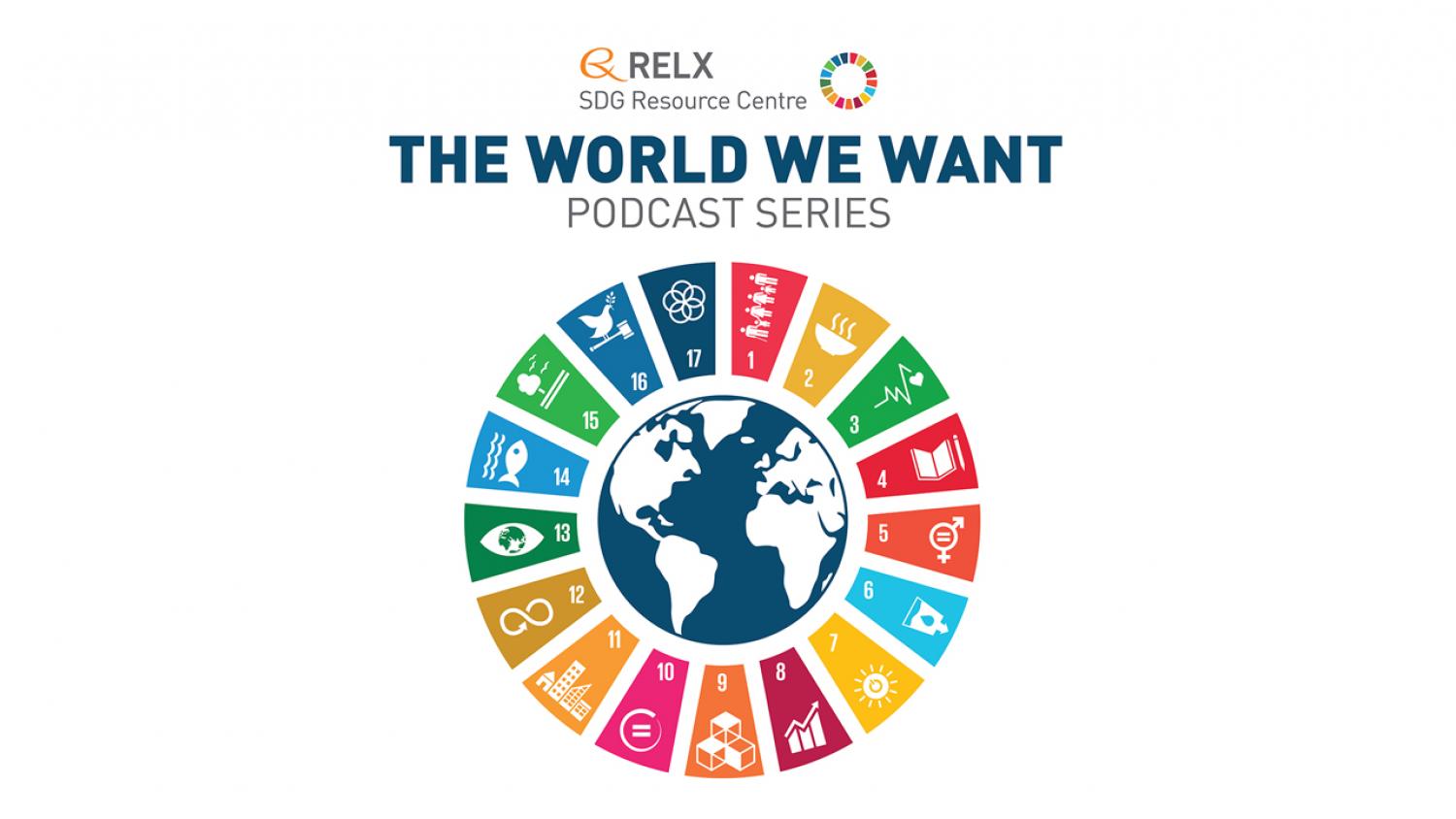Climate resilience refers to the ability of socio-ecological systems to anticipate, cope with, recover from, and adapt to adverse climatic events and long-term climatic changes. As the global community grapples with the undeniable consequences of climate change – from rising sea levels to more frequent and intense natural disasters – the importance of climate resilience has become ever more paramount. This urgency is underscored by the United Nations' Sustainable Development Goals (SDGs), a set of 17 interconnected objectives designed to address the global challenges we face, including those related to poverty, inequality, environmental degradation, and climate change.
The relationship between climate resilience and the SDGs is intrinsically woven. The most direct link is found in SDG 13, which calls for "urgent action to combat climate change and its impacts." This goal emphasizes not just the mitigation of greenhouse gas emissions, but also the enhancement of adaptive capacity, strengthening resilience, and reducing vulnerability to climate-related hazards and natural disasters. The underlying principle is clear: while it's crucial to reduce the rate of global warming, it's equally important to ensure that nations and communities have the resources and strategies to cope with its effects.
However, the relevance of climate resilience isn't restricted to SDG 13. Many other SDGs, even if they don't explicitly mention the climate, are inherently tied to it. For instance, SDG 2 aims to end hunger, achieve food security, and promote sustainable agriculture. Climate resilience is pivotal in this goal because changing climatic conditions directly affect agricultural productivity. Droughts, floods, and shifting weather patterns can drastically reduce crop yields, thereby threatening food security for millions. By promoting climate-resilient agricultural practices, the world can ensure that food systems can withstand and adapt to these challenges.
Similarly, SDG 6 focuses on ensuring clean water and sanitation for all. With increasing water scarcity due to climate change, it's vital to develop resilient water management systems that can adapt to changing rainfall patterns and increased evaporation rates. SDG 11, which aspires to make cities and human settlements inclusive, safe, resilient, and sustainable, is also intrinsically tied to climate resilience. Urban areas, often located in coastal regions or along rivers, face significant threats from rising sea levels and intensified flooding. Hence, urban planning and infrastructure development must prioritize climate resilience to safeguard the well-being of their inhabitants.
Furthermore, SDG 15 aims to protect, restore, and promote the sustainable use of terrestrial ecosystems. Healthy ecosystems, such as mangroves, wetlands, and forests, play a vital role in enhancing climate resilience. They act as natural buffers against climatic extremes, sequester carbon, and support biodiversity, which in turn aids in maintaining ecological balance and resilience.
Climate resilience is not an isolated concept but is deeply embedded in the holistic approach of the SDGs. It underscores the interconnectedness of our global challenges and emphasizes that the path to sustainable development is not linear but interwoven with myriad factors. By integrating climate resilience into the broader framework of the SDGs, the global community acknowledges that tackling the effects of climate change is not merely an environmental imperative but a broader developmental one, ensuring a sustainable, equitable, and resilient future for all.
How society and people respond, and adapt to climate change is a psychological process. Within this collection are papers that explore these different psychological responses from how this influences people's behaviour from action to anxiety and more.
Approximately 1 billion people currently live in informal settlements, primarily in urban areas in low- and middle-income countries. Informal settlements are defined by poor-quality houses or shacks built outside formal laws and regulations. Most informal settlements lack piped water or adequate provision for sanitation, drainage, and public services. Many are on dangerous sites because their inhabitants have a higher chance of avoiding eviction. This paper considers how to build resilience to the impacts of climate change in informal settlements.
The study of resilience in the face of large physical and climatic change has emerged as an important area of research. But while the physical variables under study are easily identified, the notion of resilience itself remains nebulous. In recent years, it has been taken to mean both mitigation and adaptation, concepts that are often used in interchangeably or in conjunction (sometimes hyphenated as “adaptation-mitigation”).

